Saareeraka Upanishad — 10
16—12—2017; Saturday.
SriSaaradaa Vaatsalya Deepikaa.
Aarsha Saaradaa. ~ Saareeraka Upanishad—10.
The Sage of the Upanishad, after having explained many common realities that form the fundamental constituents of human existence in the creation, including the three qualities of Sattva, Rajas and Tamas, now expounds upon the four human states and other allied phenomena without understanding which the systematic study of the vedantic philosophy is impossible, particularly in an academic context, through the social media like this blog.
Mantra : 26.
Jaagrat, Svapnah, Sushuptih, Tureeyam iti
chatur vidhaah avasthaah || 26 ||
There are four kinds of states called Wakeful state (Jaagrat), Dream state (Svapnah), Deep Sleep state (Sushuptih), and the Fourth(Ultimate) state (Tureeyam).
Mantra : 27.
Jnaanendriya, Karmendriya, Antahkarana chatushtaya
aakhya chaturdasa karanayuktam Jaagrat || 27 ||
The wakeful state is equipped with the fourteen instruments, namely, the five sense-organs (Jnaana indriyas – the ears, the skin, the eyes, the tongue and the nose), the five organs of action (Karma indriyas – the mouth, the hands, the feet, the excretory organs and the genitals) and the four internal (subtle) organs(Antahkarana chatushtayam – the mind, the intellect, the ego and the memory-repository).
Mantra : 28.
Antahkarana chatushtaya samyuktah Svapnah || 28 ||
The Dream state is endowed with the four internal subtle instruments.
Mantra : 29.
Chitta eka karanaa Sushuptih || 29 ||
The Deep Sleep state is constituted with the memory-repository(Chittam) only.
Mantra : 30.
Kevala Jeeva yuktam eva Tureeyam iti || 30 ||
Mantra : 31.
Unmeelita Nimeelita madhyastha Jeeva –
Paramaatmanah madhye Jeevaatma
Kshetrjnah iti vijnaayatay || 31 ||
Of both the individual self(Jeeva) and the Supreme Self, the idividual self who experiences or passes through the three states of wakefulness, dream and deep sleep, is called the knower of functional or operational (human) existence or the Kshetrajna.
Mantra : 32.
Buddhih karmendriya praana panchakaih
manasaa dhiyaa |
Sareeram sapta dasabhih sookshmam
tat lingamuchyatay || 32 ||
The five sensory organs, the five organs of action (the abstract sense that remains in the mind in the form of various concepts of action apart from the material organs of action), the five vital airs(Prana, Apaana, Vyaana, Udaana and Samaana), the mind and the intellect, seventeen in number, constitute together the subtle body or Sookshma/Linga sareera.
Mantra : 33.
Manah Buddhih Ahankaarah Khaanilaagni
Jalaani Bhooh |
Etaah prakritayah tvashtau vikaaraah
Shodasaaparay |
Srotram Tvak Chakshushee Jihvaa Ghraanam
chaiva tu panchamam |
Paayoopasthau Karau Paadau Vaakchaiva
dasamee mataa |
Sabdah Sparsah cha Roopam cha Rasau
Gandhah tathaiva cha |
Trayovimsatih etaani Tattvaani prakritaani tu |
Chaturvimsatih Avyaktam Pradhaanam
Purushah Parah || 33 ||
Om Saha naa vavatu | Saha nau bhunaktu |
Saha veeryam karavaavahai |
Tejasvi naa vadheeta mastu maa vidvishaavahai ||
Om Saantih Saantih Saantih ||
Iti Saareeraka Upanishat samaaptaa ||
Om Tat Sat ||
The mind, the intellect, the ego, the space, the air, the fire, the water, the earth, the five sensory organs, the five organs of action, the five senses of the sound, the touch, the form, the taste and the smell, put together total to twenty-three basic constituents. The twenty-fourth constituent is the Unmanifest which is called the Avyakta or Pradhaana. In addition to all these fundamental twenty-four inert constituents, there is the Supreme Self who is called “Parama Purusha”.
Here ends the text of the Upanishad with the chanting of the peace-invocation, with which it began.
“Aum Saha naavavatu | Saha nau bhunaktu | Saha veeryam
karavaavahai | Tejasvi
naavadheetamastu maa
vidvishaavahai ||
Aum Saantih Saantih Saantih ||”
“May He(the Supreme Reality or the Ultimate Godhead) protect us both together. May He nourish us both together. May we both possess total competence together. May our study be illumined fully well. May we not entertain any disharmony against each other while learning together.
Let there be personal peace. Let there be peace in all surroundings. Let there be peace from super natural sources.”
Swasti.||
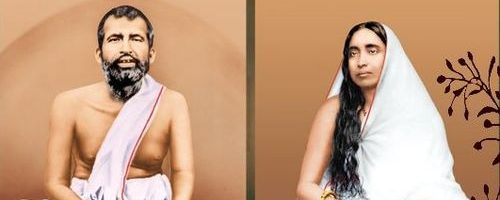
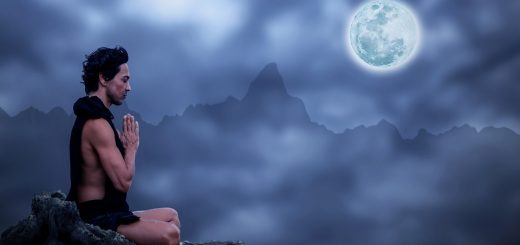
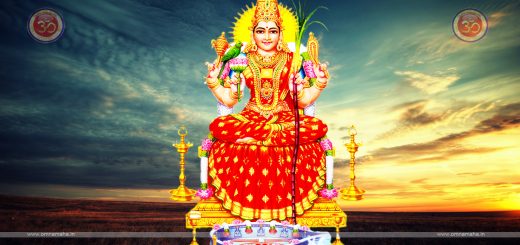



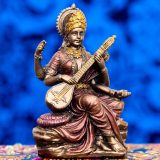

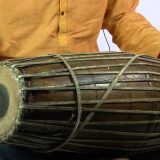

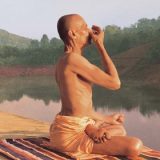



ఈ చేత్తోనే “తత్త్వ బోధ” కూడా కానిచ్చేస్తే బావుంటుంది కదా, ఉపయోగంగా. That should be a good next series.
ఒడియంం లాంంటి ఐడియా ఇచ్చేవు కిరణ్ ! ఒక ఐడియా జీవితాన్ని
మార్చేస్తుంం దంంటారు, కాని ఈ సంందర్భంంలో మన జీవితగమ్యాన్ని
మార్చదు సరికదా, స్థిరీకరిస్తుంంది.
ఇడియని చక్కని గుమ్మిడి
ఒడియ మ్మగుపింప అగ్నిహోత్రమునందే
బిడియము విడి వేయించుకు
పడి చత్తును నంజుకొనగ బాలాంత్రపు రే!
ఇడియము మాటలొ వడియము,
వడియము నోటిలొ ఇడియము, పలుకుల బడిలో
ఇడియమ్మే వడియమ్మగు
వడియమ్మే యిడియమగును, బాలాప్త కరా!
Generally dasa (10) / dwaadasa(12) Upanishats
are known to be very popular and commentaries
are also available for them only.
You have selected a rare and very important
Upanishat and explained it cleanly.
In this part the four human states ( Avasthaa Chatushtayam) and their related sub states are
said in a simple manner.
The summing up of this Upanishat in the 33rd
Mantra is a great help for the reader to understand
This Upanishat.